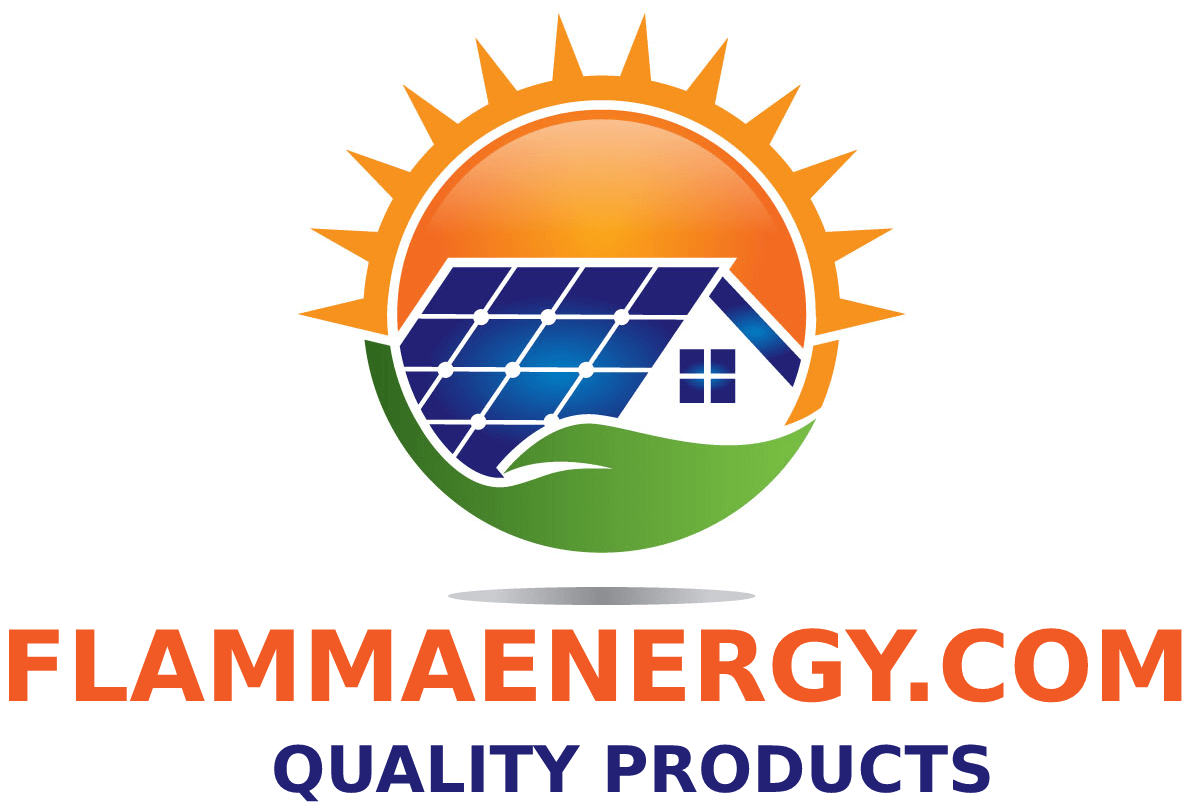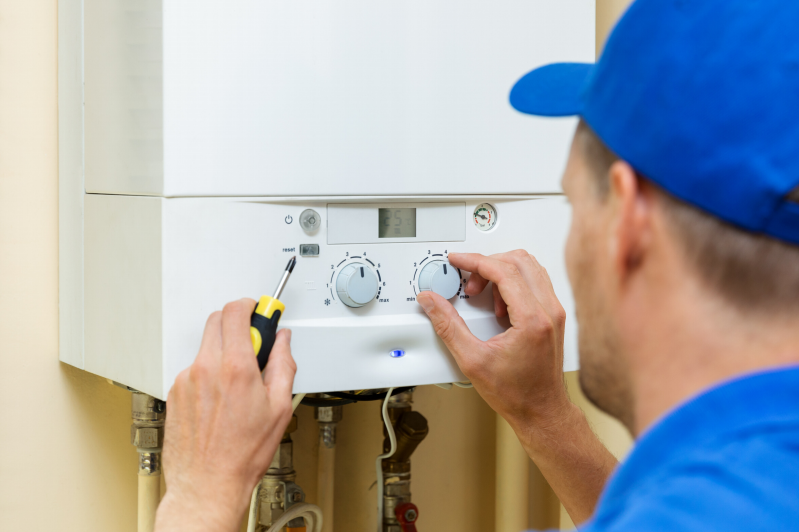A simple tweak to boilers could save households energy, without affecting their warmth Leave a comment
A simple tweak to boilers could save households energy, without affecting their warmth
The majority of condensing boilers in the UK aren’t running as efficiently as they should. They’re burning more gas, creating more emissions and costing households more money than they need to.
But households can easily improve their boiler’s efficiency by lowering its flow temperature – the temperature at which boilers heat the water that gets sent to our radiators. This simple change could reduce household energy use by 6-8%, without affecting the warmth of our homes and without the need for a visit by an engineer.
How can I lower my flow temperature?
Nesta has developed a simple tool to walk you through the process of lowering the flow for your boiler type. It also includes some tips on other changes you can make to your heating system that compliments lower flow temperatures.
Why does this work?
Condensing boilers should be set to have a flow temperature of 55°C or lower in order to run in their efficient condensing mode. This efficiency will continue to increase the lower the flow temperature is set. For example, the efficiency with a flow temperature of 50°C will be about 90% whereas at 40°C it’ll be closer to 95%.
When the boiler operates in its condensing mode, it can reclaim any leftover heat in the water after it has run through the radiators. This means the boiler doesn’t have to work as hard or burn as much gas to heat the water up again, improving its efficiency. There’s also a small secondary saving as less energy is needed to heat water to a lower temperature.
However, the vast majority of boilers are currently installed to have a flow temperature between 60-80°C, which prevents the boiler from even entering its condensing mode. This means most households could quite easily improve their boiler performance by adjusting the flow temperature to 55°C or lower.
Won’t my house be cooler?
Although lower flow temperatures mean your radiators may not be as hot to touch, your house temperature won’t be any cooler.
Lowering your boiler’s flow temperature isn’t about changing the temperature on the thermostat. It’s about allowing your boiler to heat your home in a more energy- and cost-efficient way. As long as your thermostat is still set to the same target temperature, your boiler will continue sending hot water through your radiators until the thermostat detects the room has reached the target temperature.
Cooler radiators do mean that your home could take slightly longer to warm up though, especially if your heating has been off for a few hours. This means you might have to set your heating to start slightly earlier, or have it run longer than usual, to compensate for this. The savings made by the boiler operating more efficiently will outweigh this increase in heating time in almost all cases.
Why aren’t boilers installed with the correct flow temperature?
There are a few reasons why boilers are usually set up with higher flow temperatures. Firstly, some installers haven’t been properly trained on installing modern, high-efficiency boilers. Boiler manuals also often suggest using higher flow temperatures and many understandably use this as guidance when configuring the boiler.
However, even engineers that do have the knowledge can be reluctant to do so to avoid complaints, call backs and bad reviews. That’s because households, who often expect radiators to be scorching hot, might think their boiler isn’t working properly if they had cooler radiators caused by lower flow temperatures.
Similarly, some very poorly insulated homes may not be as suitable for lower flow temperatures. Even though this is a small number of homes, engineers may feel safer setting up boilers in a uniform, but inefficient, way to guarantee the set-up will provide enough warmth and comfort regardless of property type. This is also why boiler manuals may suggest using high flow temperatures.
Other benefits
While the obvious benefit of lowering flow temperatures is the immediate reduction in household fossil fuel use, emissions and costs, there are some other benefits too.
If households across the UK are more familiar with the style of heating associated with lower flow temperatures it could prepare the nation for the switch to low-carbon heat pumps, which also operate with lower flow temperatures. This is important as transitioning home heating from fossil fuels to green-electricity-powered heat pumps will be a vital step in decarbonising homes over the coming decades.
Similarly, for people who are keen to install a heat pump, trialling low temperature heating with their boiler could give them the confidence that they would still be comfortable if their home was heated by a heat pump. It could also indicate if they need to make any changes to their home in preparation for installing a heat pump.
Finally, more efficient use of a boiler can prolong its life. Not only will this reduce resource demand and save households money, but it could also mean that many of us can continue using the same boiler until it’s feasible to transition to a low-carbon heating alternative. If households can avoid buying a new boiler that locks them into another 15 years of fossil fuel use, they’ll be more able to switch to a heat pump in the shorter term.
References
Heating Up to Net Zero: HHIC Systems Group White Paper
Heat Geek: Condensing theory – How do condensing boilers add efficiency?

